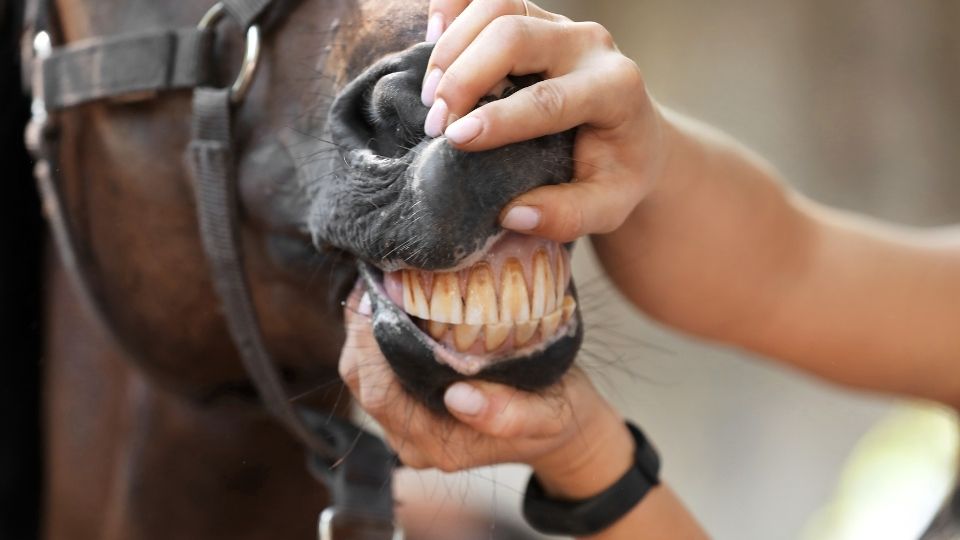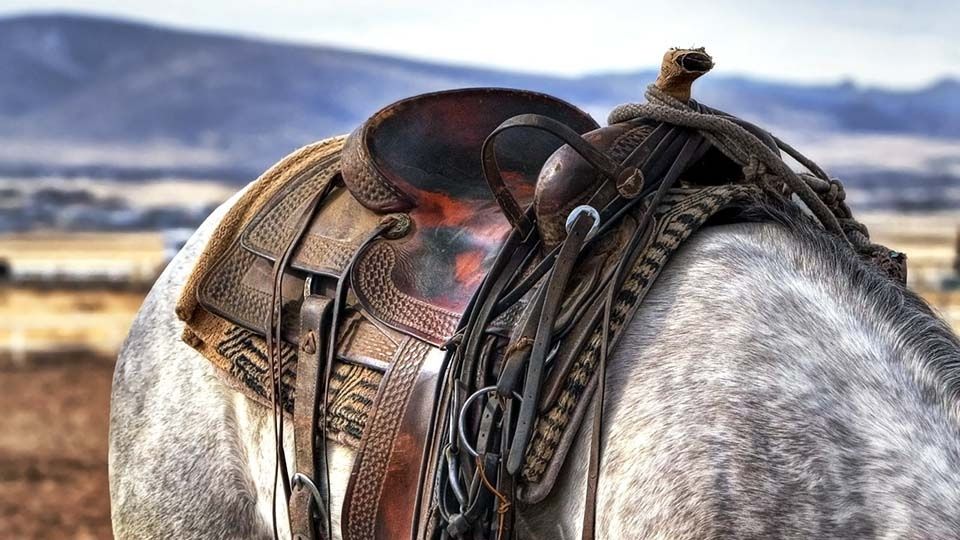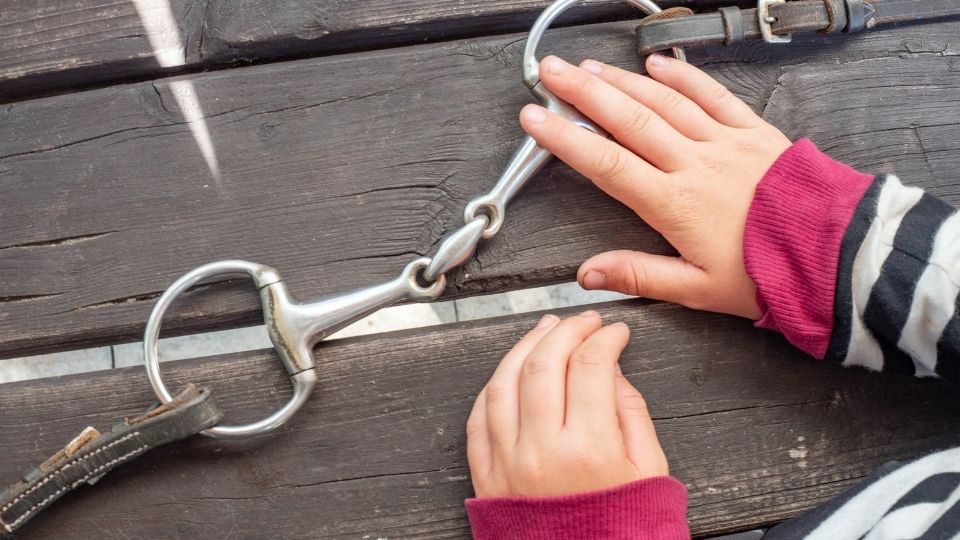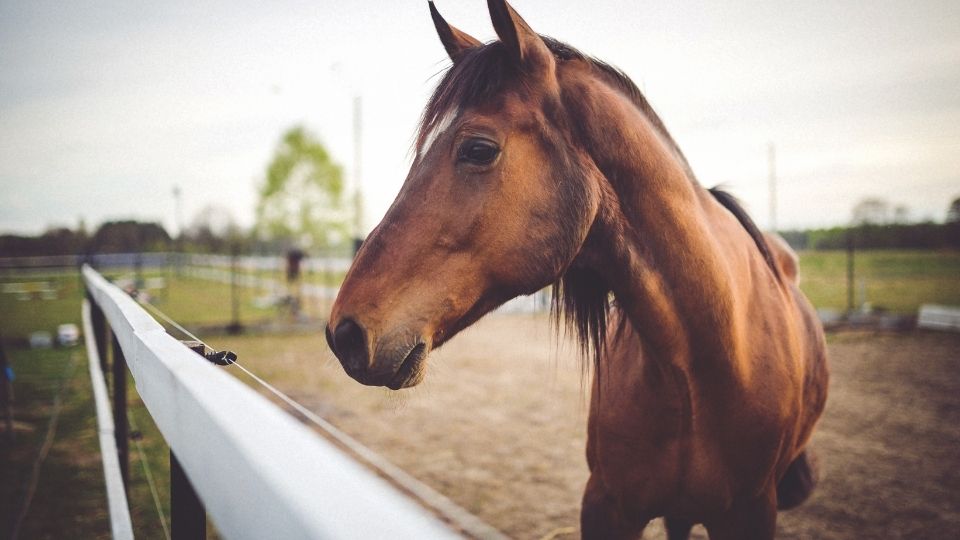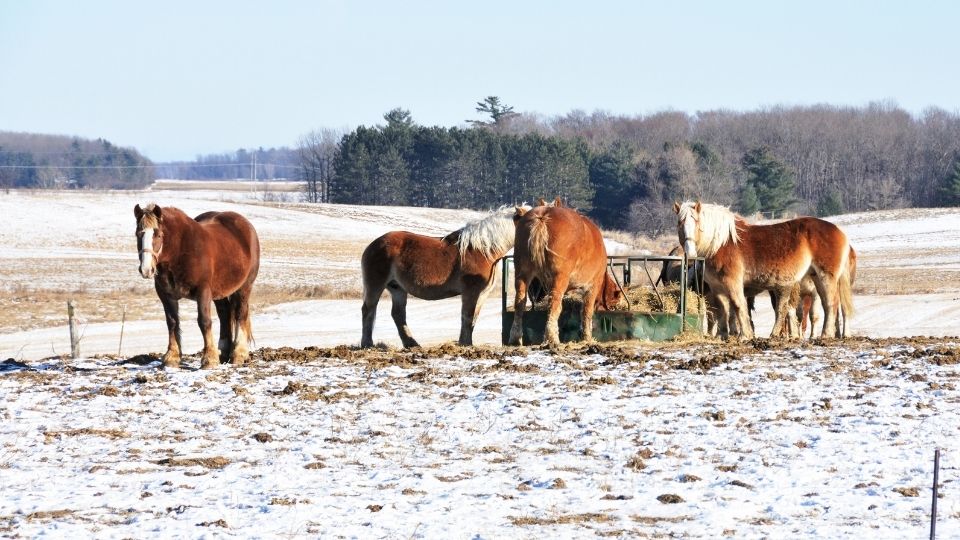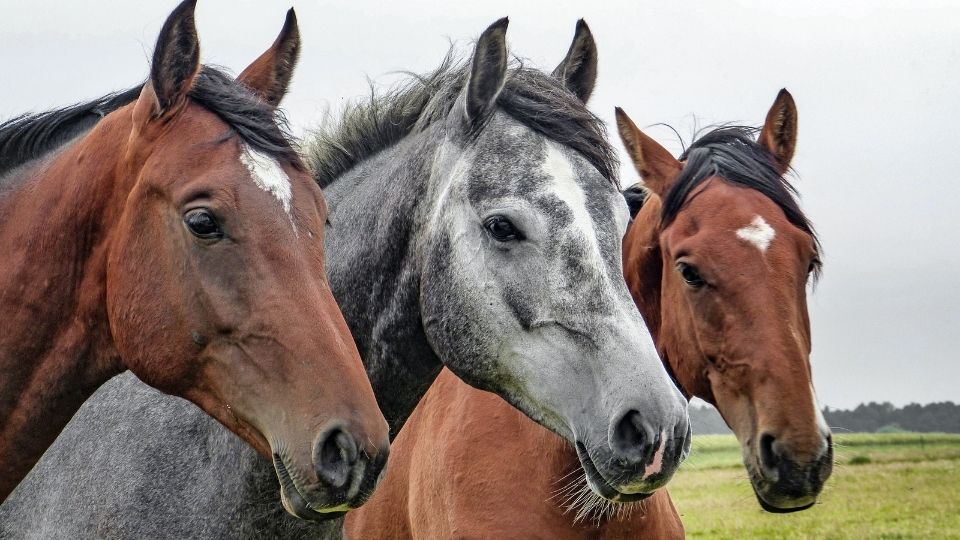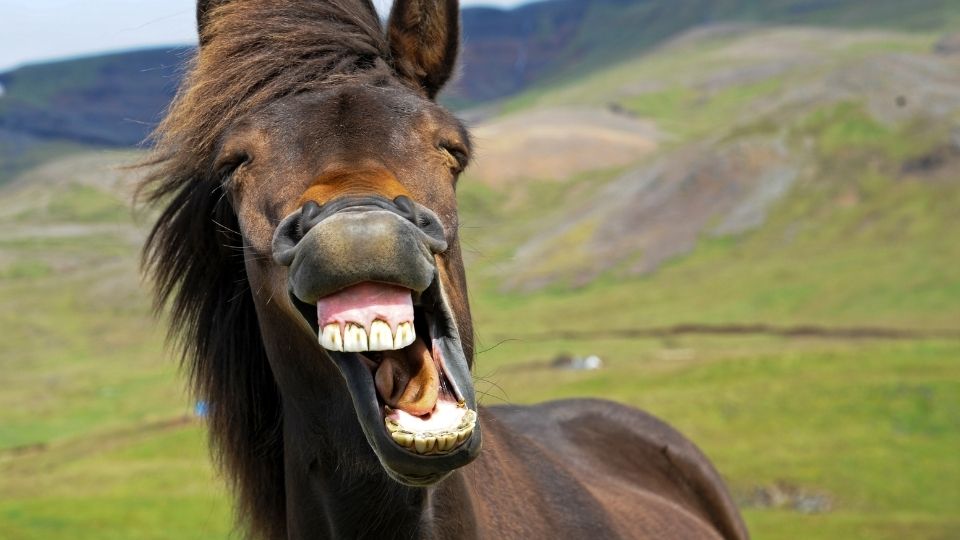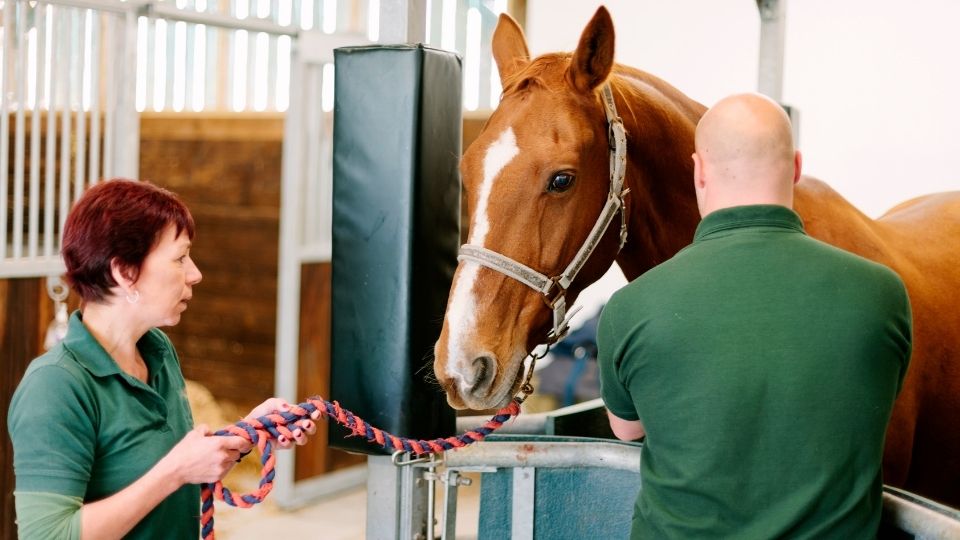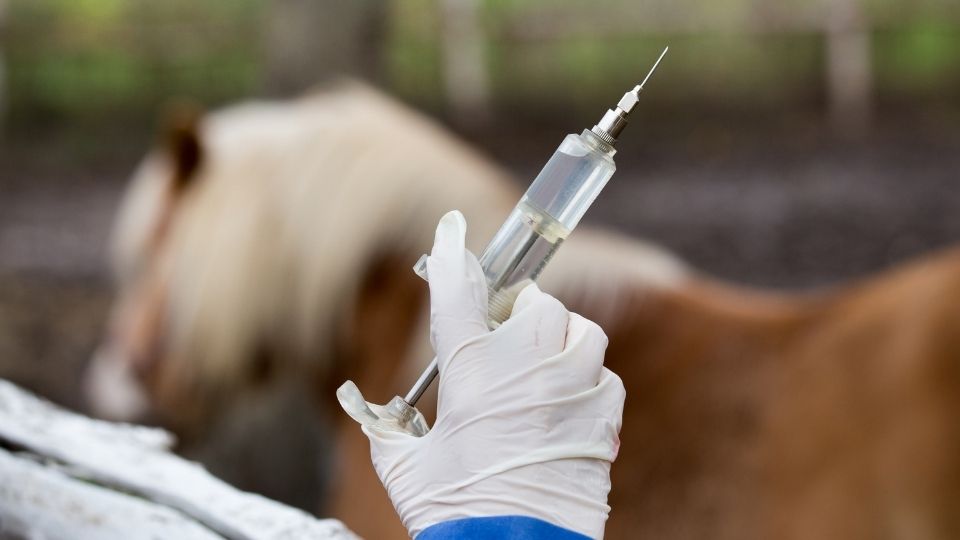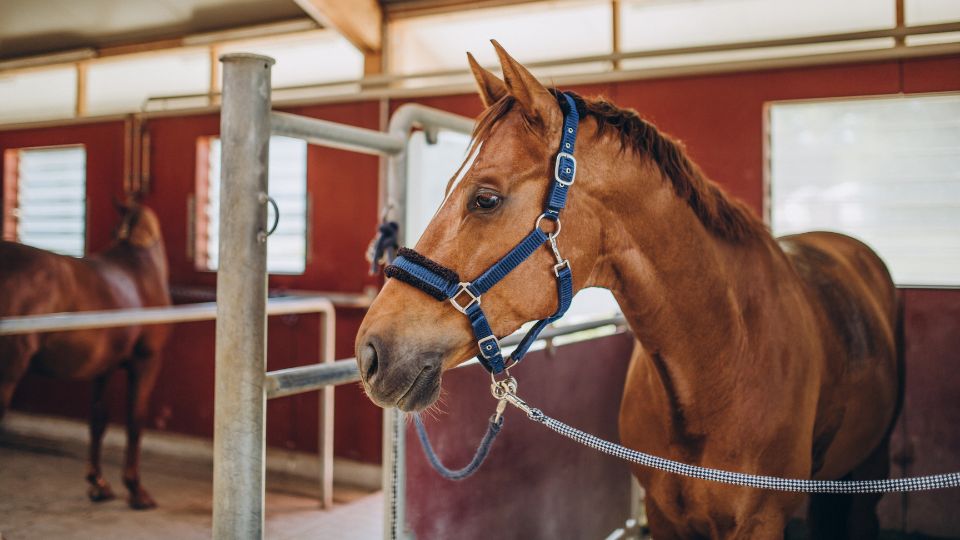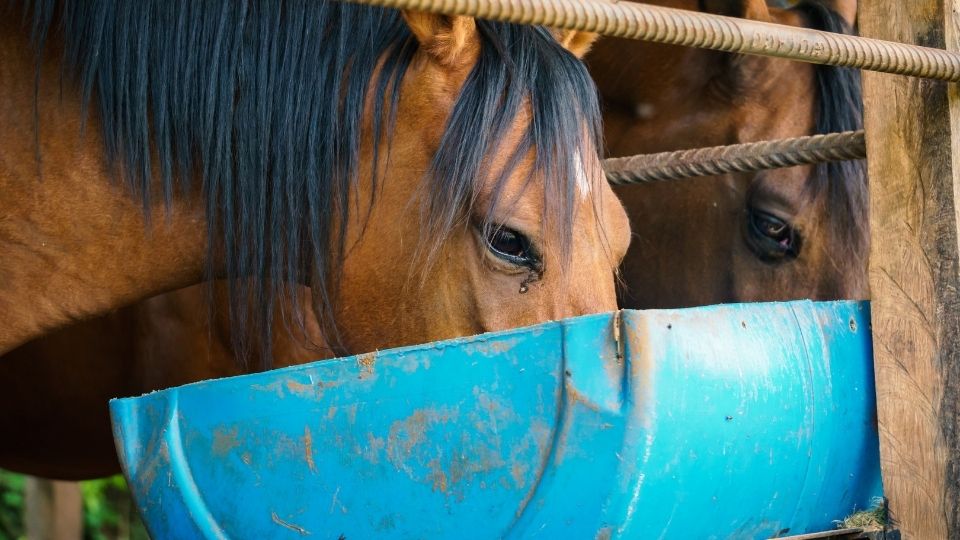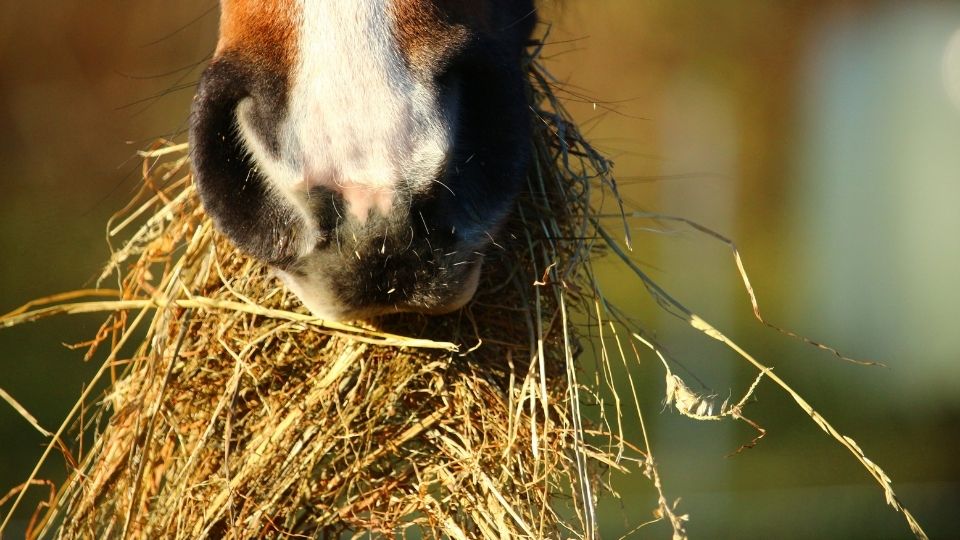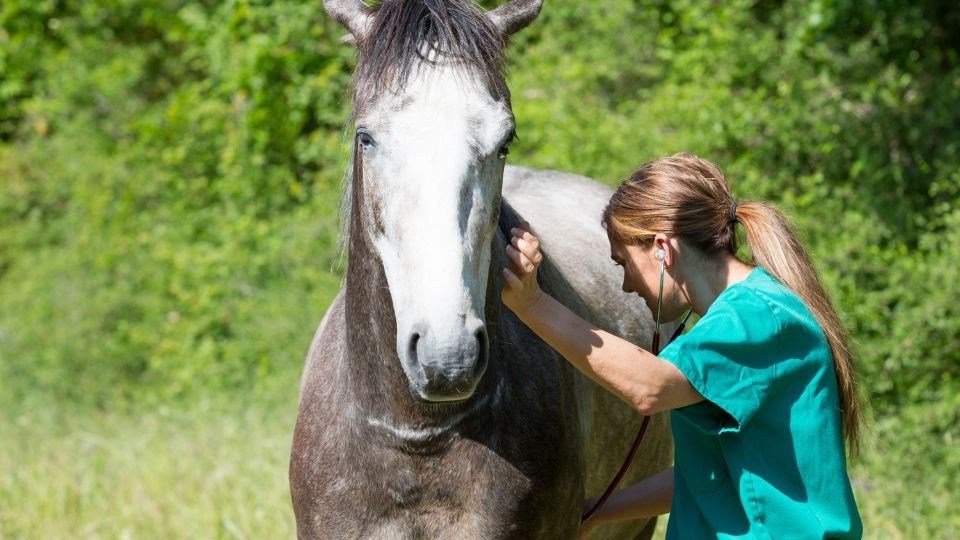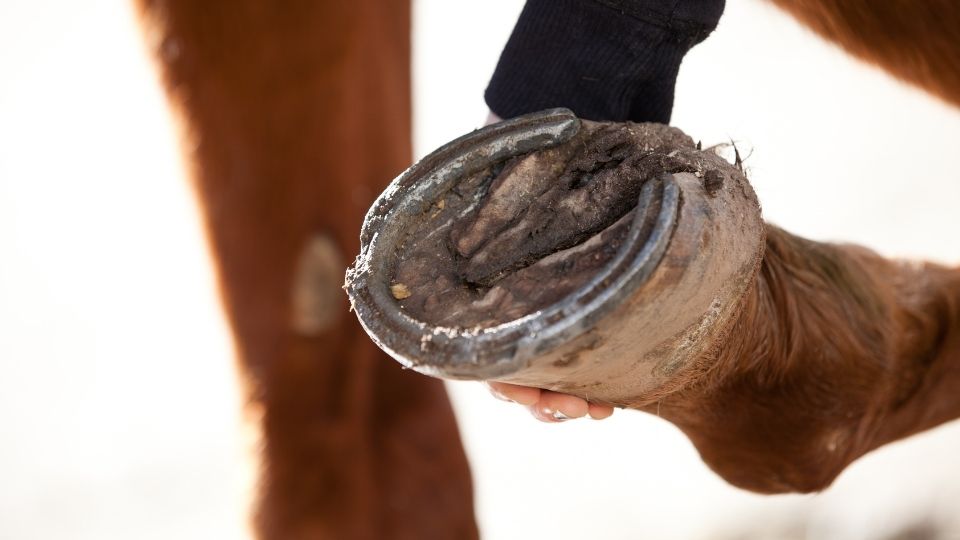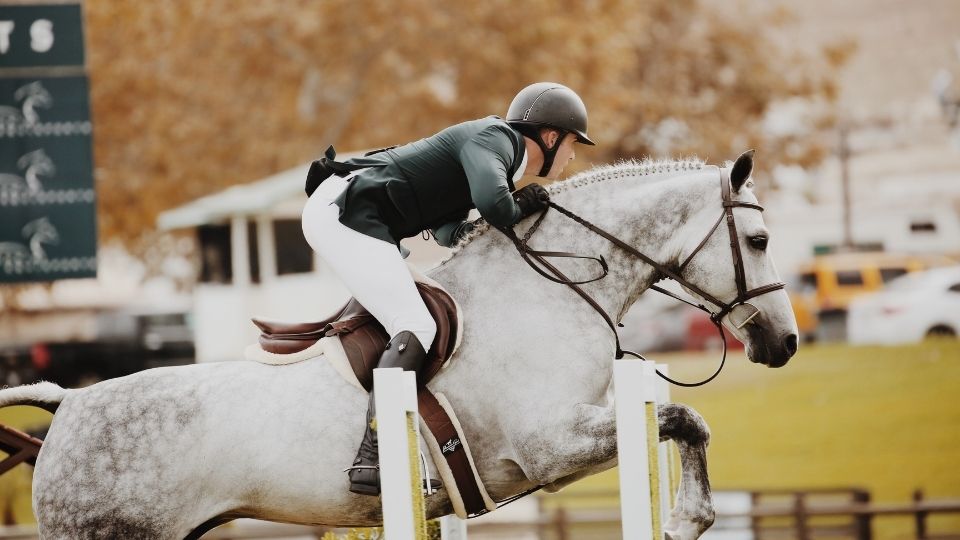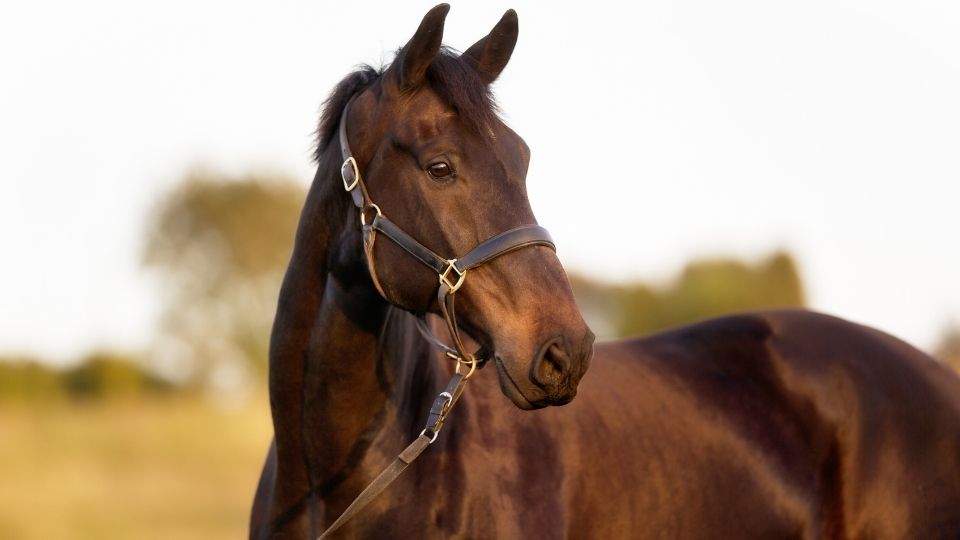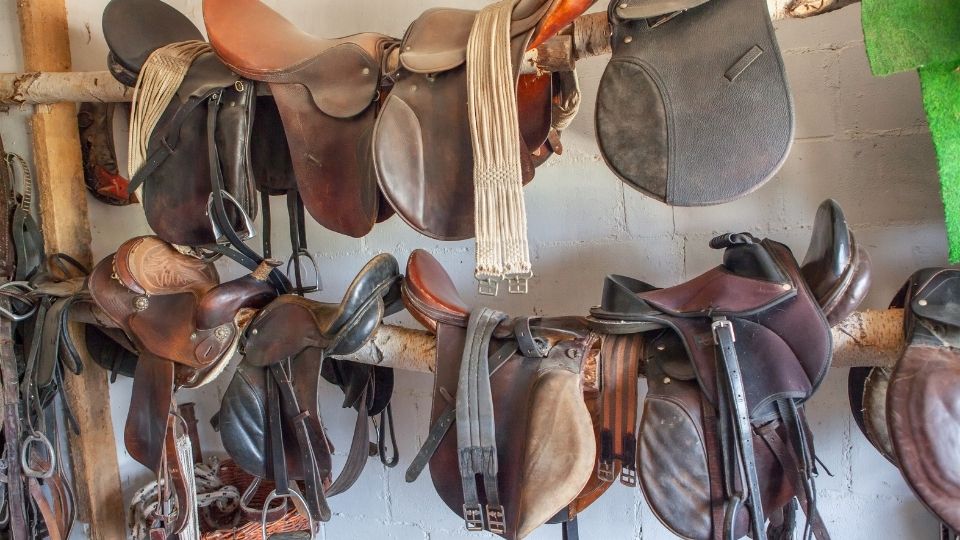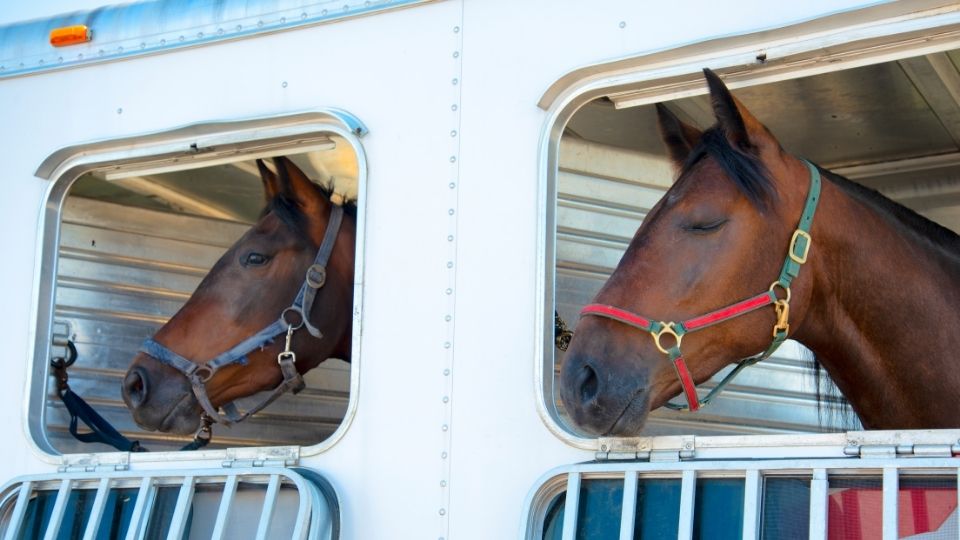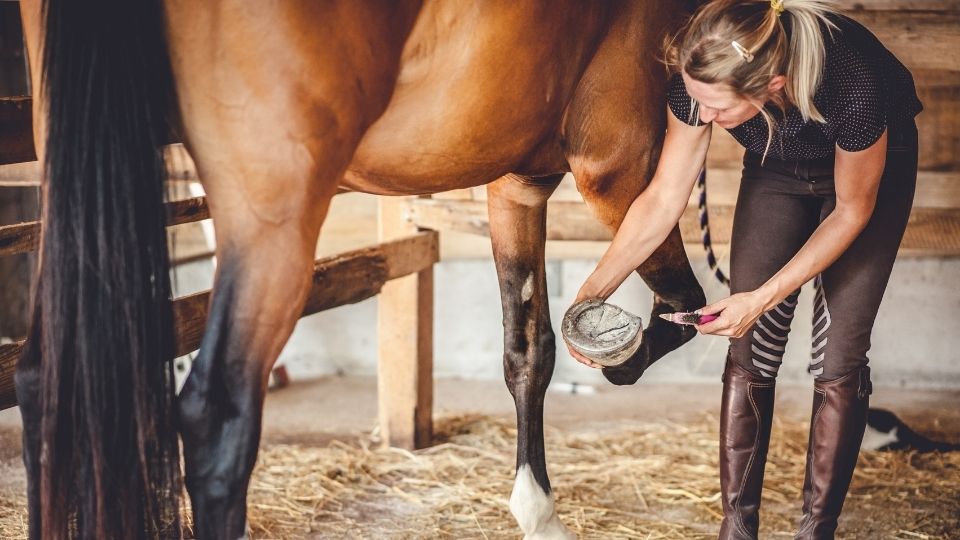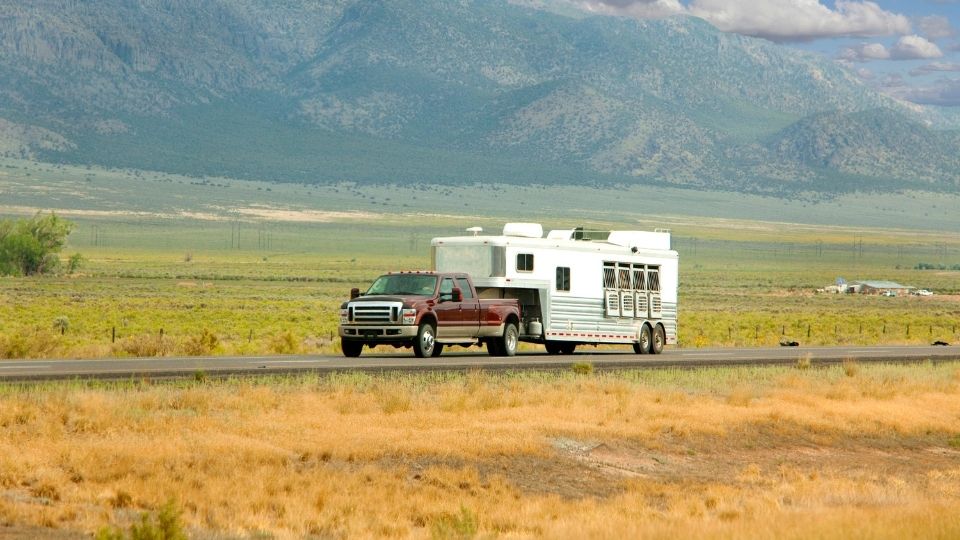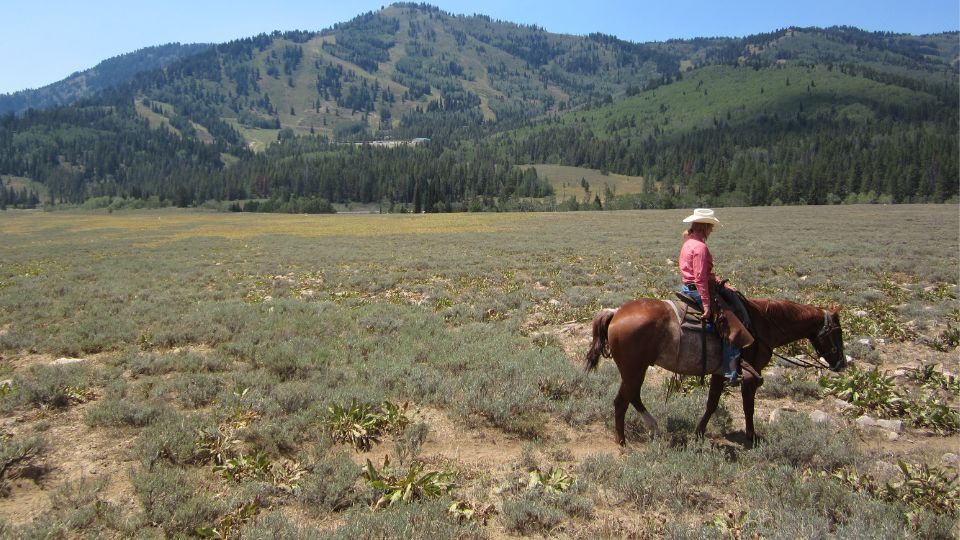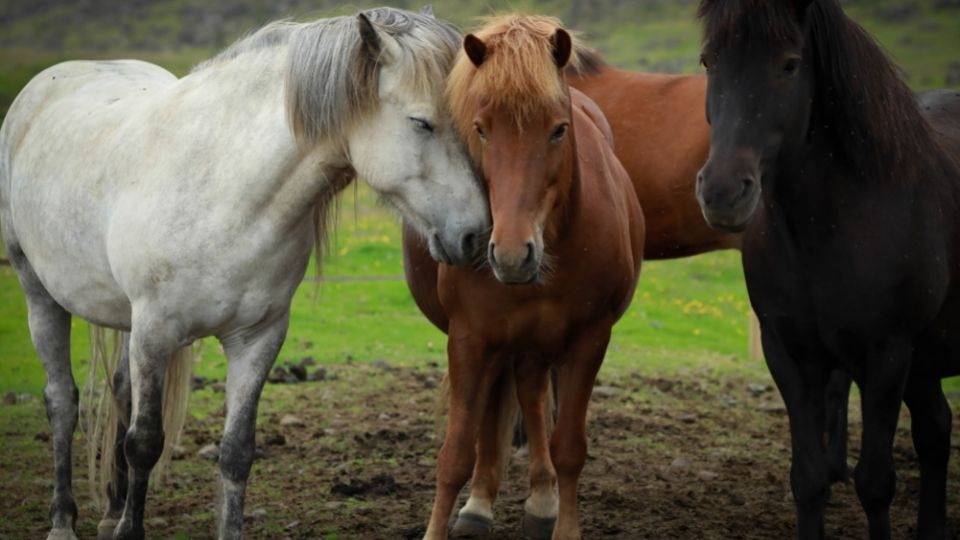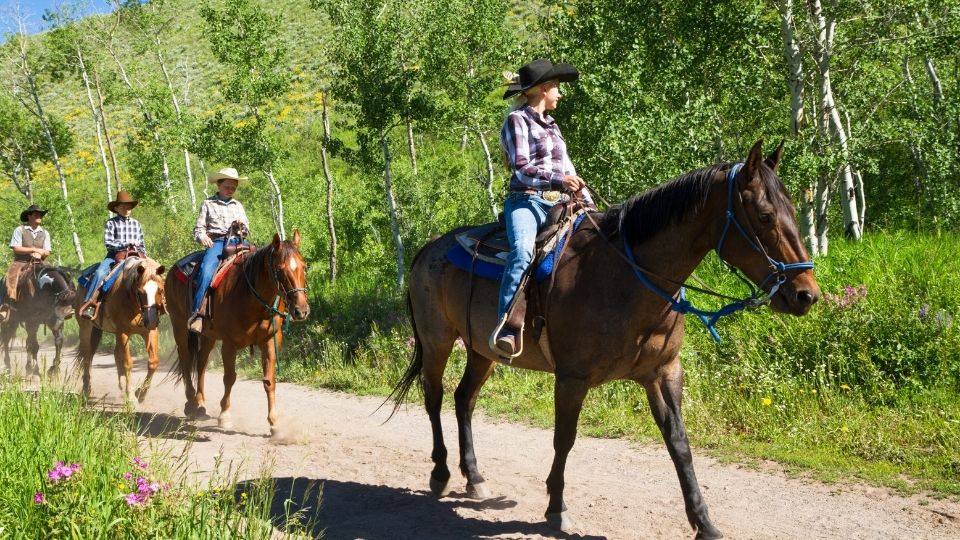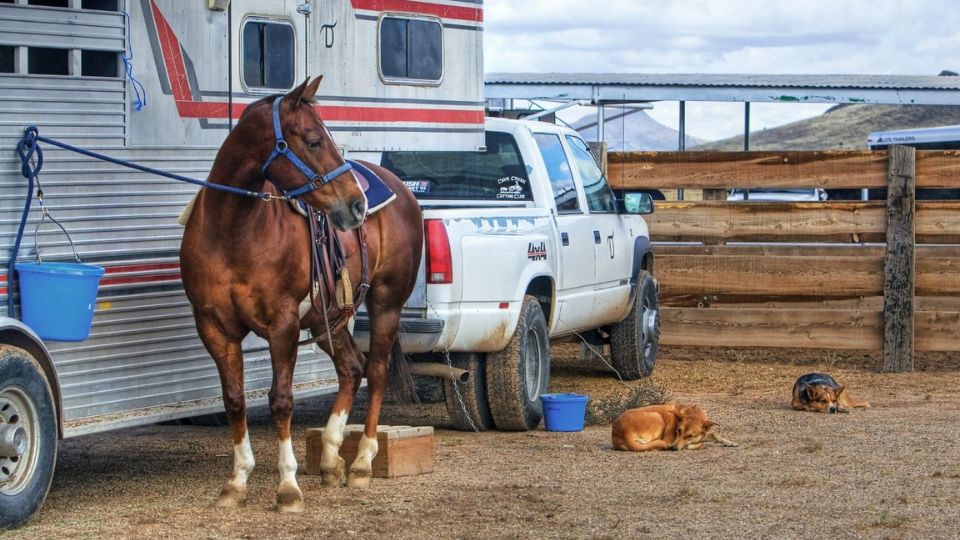Selecting a Saddle to Fit the Rider
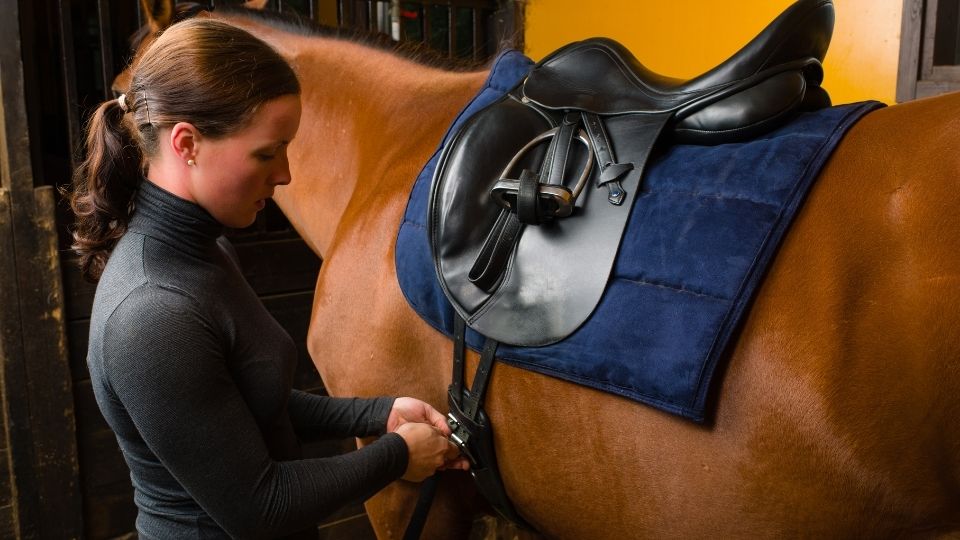
Introduction
So you have the brand new horse, now you need to find a saddle. Finding the proper saddle that fits the rider is very important. A correctly fitting saddle will aid the rider in maintaining a proper position in the saddle, ideal leg position and will be comfortable. Information on inspecting, fitting and buying a saddle is discussed in the fact sheets “Inspecting and Buying a New or Used Saddle” (AG/Equine/2008-04pr) and “Fitting the Western or English Saddle to the Horse” (AG/Equine/2008- 05pr). When fitting the saddle to the rider, there are many areas to evaluate.
Type of Saddle
Prior to buying a saddle the purchaser should have an idea what type of riding he/she is most interested in pursuing. Is English or Western more your style? In the English division there are many types of saddles including dressage, hunter, all-purpose or saddle seat. In the Western division, again, there are many choices such as barrel racing, equitation, cutting, and roping. There are saddles that enhance what the rider wants to do, while others make the rider’s job more difficult. Once a style has been determined it is time to try one on for size.
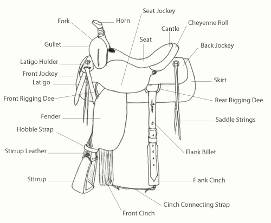
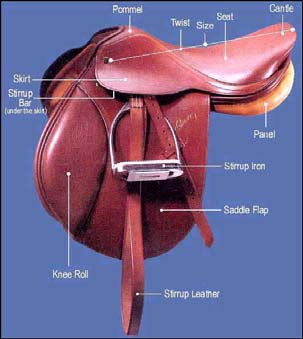
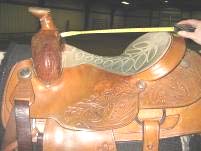
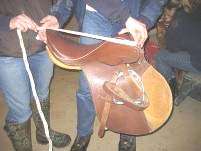
Fit Aspects to Evaluate
The length of the seat is one area to evaluate. In the Western saddle, this is measured from just behind the horn to the top of the cantle (Figure 1a). An English saddle is measured from the button on either side of the pommel to the middle of the top of the cantle (Figure 1b).
If you know your saddle seat size, you can save time by only trying saddles that are of the correct size. A seat that is too big will put the rider’s seat behind the stirrup position causing the rider to ride behind the horse’s motion. If the seat is too small, the rider will be uncomfortable as there will not be enough room for the seat or legs. Seat sizes range from about 12 inches to 18 inches in length. Check for fit of the Western saddle with the rider sitting in it; look for room between the rider’s thigh and fork/swell. On average, two to three fingers should fit here with fewer fingers indicating a saddle that may be too small or more fingers indicating the saddle may be too big (Figure 2). This does not always hold true as some saddles are made to fit bigger depending on event. An equitation saddle is made to give the rider very limited room in the seat to help lock the rider’s position. A flat seat cutting saddle can fit bigger leaving the rider with more room to move with the horse.
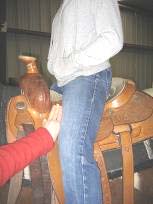
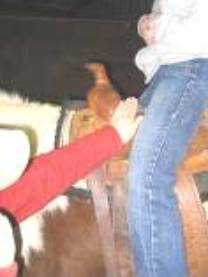
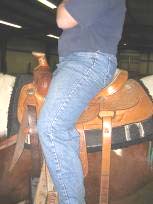
Another check for seat size is to fit four fingers behind the rider’s seat to the top of the cantle (Figure 3a). Figure 3b shows a full hand and thumb width behind the rider’s seat, which indicates the saddle is too big. This check can also help the rider determine proper positioning in the saddle. Many times riders sit too far back, actually sitting on the cantle, causing improper position with the leg too far forward. A hand’s width behind will help alleviate this problem. An English saddle will also have the same check of a hand’s width behind the rider’s seat.
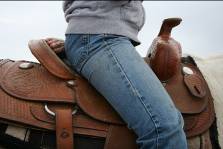
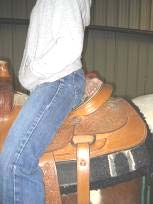
English saddle
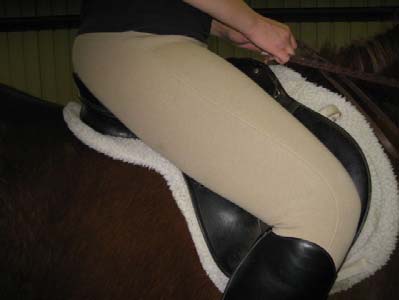
width behind the rider’s seat
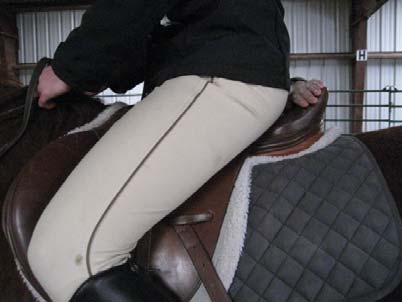
seat indicating a more correct fit
in saddle length.
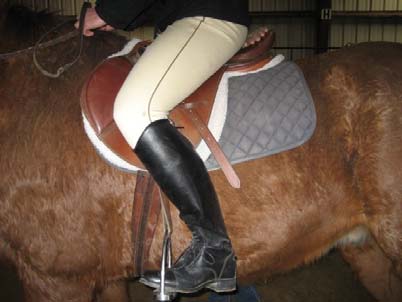
fingers width at the cantle which
indicates it is larger than the
rider needs.
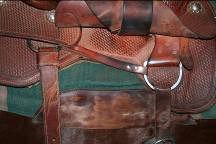
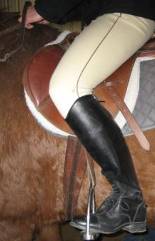
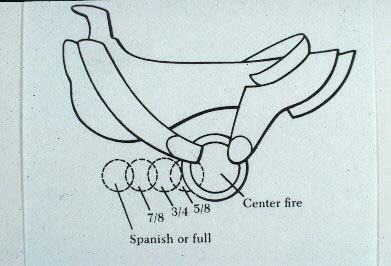
The Pocket
Each saddle has a pocket, which is the lowest point in the seat where the rider will ultimately sit. If the seat is flat the pocket will be in the middle or toward the front of the seat. Saddles with a lot of rise in the seat will push the rider to the back and make it difficult to keep his/her legs underneath and stay in balance. Specific events dictate where the rider should sit in the saddle. In general, good horsemen sit in the middle of the saddle with room in front and behind for movement with the horse. So saddles with a center pocket are generally desired.
The height and turn of the cantle can affect how one enjoys the saddle. A taller cantle can be more restrictive than a lower one. The taller cantle can be of benefit to the novice rider as it will give more security in the saddle. While sitting in the saddle evaluate how the cantle ties into the seat. If the cantle ties in under the rider’s leg, it will rub on the back side of the thigh causing discomfort (Figure 2)
Saddles also come in different widths, from narrow to wide. Typically a rider that is narrow through the pelvis will find a narrow seat more comfortable, while riders that are broader will be more comfortable in a wider seat. Sitting in different type widths is important before deciding on a saddle.
For close contact with the horse, many western saddles now have cut out skirt leather under the rider’s leg (Figure 4). This allows for much greater feel of the horse through the leg and more freedom of leg movement. The more leather between the rider and horse prevents the use of subtle cues and may interfere with consistent leg contact. English saddles have less leather to interfere with rider contact and feel than Western saddles.
Another important aspect to evaluate is the length of western fender for the stirrup. One should determine if the stirrup fenders can go short enough or long enough to accommodate the length of rider leg.
With an English saddle, the rider must evaluate the leg flap for length and shape. When riding with tall boots the saddle flap should come down below the top of the boot in all riding positions (Figure 5). If the flap is too short it will catch on the top of the boot causing the rider discomfort. The shape of the flap will also determine fit. The rider’s knee should fit into the proper position on the flap without riding over the front of the flap.
Position of the Stirrup
Ideally, the fender and stirrup should hang from the middle of the saddle seat or slightly in front of the center. This allows the leg to be directly under the rider’s body and keeps the leg from moving too far forward or backward. If the stirrups hang from the front of the seat, the rider will tend to sit on his/her hip with the legs in a forward position placing the rider behind the action of the horse. If the stirrups hang behind the rider’s seat the rider is over balanced to the front and loses stability.
Rigging
Western saddles come in a number of riggings (Figure 6), from the full to the 5/8 position, while the center fire is typically not seen with modern saddles. The full position will place the girth the closest to the front leg and usually is ridden with a rear girth. The 7/8 position moves the girth 1 inch back from the full position and the 3/4 position moves the girth back 1 inch from the 7/8 position. Knowing which rigging the saddle has will help the rider properly position the saddle on the horse. The only rigging that should have the girth directly behind the elbow is the full rigging while the others will place the girth farther back. If the rider places a 3/4 position rigged saddle directly behind the elbow it will cause the saddle to ride on the horse’s shoulders.
Show Tack
If the rider expects to compete in horse shows, there are some additional considerations. At open horse shows there are saddles of all types in the same class; at breed shows there is usually a more consistent style and color of saddle. While classes are not placed on the tack, using tack not appropriate for the class can make the rider appear out of place and could hinder performance. In western classes some breed shows use light color tack while others use darker tack. Some show saddles will be elaborately decorated with silver; this is not as important as a nicely turned out, clean saddle. While tack should not affect the placing, dirty or worn out tack can give the judge a bad first impression.
Summary
Finding a saddle that properly fits the rider and allows proper contact with the horse is important for an enjoyable and effective ride. Buying a saddle too quickly without evaluating rider fit can lead to displeasure. Taking time to evaluate saddles before buying can lead to years of enjoyment.
Published August 2008
Utah State University Extension
Peer-reviewed fact sheet
Authors
Dr. Patricia A. Evans, Extension Equine Specialist, Utah State University
Dr. Clinton G. Depew, Extension Equine Specialist, Louisiana State University
Related Research


